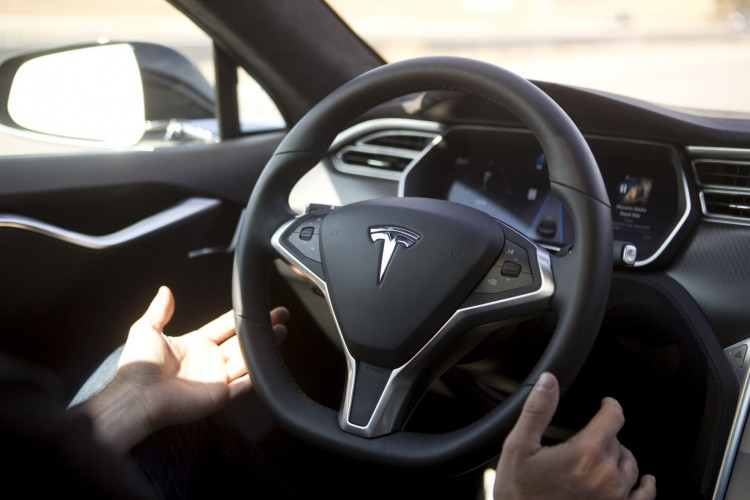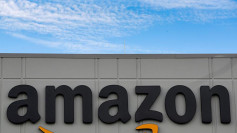Sub-heading: "Analysts estimate that the self-driving taxi service could contribute to 70% of Tesla's market value."
On July 19, The Financial Times reported that RBC Capital Markets, a Canadian investment bank, has set a target price for Tesla's stock between $305 and $360. RBC predicts that Tesla's market capitalization could exceed $1 trillion, and the optimistic value of its autonomous taxi service, robotaxi, could potentially reach $870 billion.
RBC analyst, Tom Narayan, has offered his rationale behind this valuation, projecting the worth of Tesla's auto business around $93.182 billion, the Full Self-Driving (FSD) business at approximately $235.375 billion, and the robotaxi business to be about $729.263 billion.
Narayan suggests that the advent of robotaxis could revolutionize the auto industry and potentially solve many issues, stating that robotaxis could save millions of lives and countless hours of time. They could significantly reduce traffic accidents, the majority of which are caused by human error, while also addressing issues such as the excessive number of parking spaces in city centers and the excessive idling times for commuters.
Narayan's report further speculates that after the emergence of robotaxis, many cities globally might prohibit private cars. Considering the value, convenience, and affordability of autonomous vehicles, he thinks consumers may cease buying personal vehicles altogether.
In his report, Narayan estimates that by 2035, assuming regulatory approvals are obtained (with the viability of the technology confirmed by 2030), the cost of one robotaxi might be $50,000, and one robotaxi might replace five private cars. He explains that due to higher utilization rates (in the U.S., taxis travel six times more annually than private cars), the cost of robotaxis should be significantly lower than private vehicles.
Further, as robotaxis eliminate the need for drivers (who constitute 45% of Uber's costs), the fare of a robotaxi could be around 55% of current Uber rates. This reduced price could significantly increase the appeal of robotaxis to consumers, enticing them to replace their private vehicles with the autonomous taxis.
RBC estimates conservatively that the penetration rate of Tesla's robotaxis will be 25% in the U.S., 8% in Western Europe, and 7% in China, with a 20% rate for non-Tesla robotaxis worldwide.
Tesla CEO Elon Musk mentioned in a CNBC interview in May that the company hopes to achieve the necessary technological level for robotaxis by upgrading their autonomous driving systems. Musk also emphasized the inefficiency of private vehicles that are typically used only 10 to 12 hours a week, suggesting that car owners could generate extra income by using their vehicles as robotaxis during idle hours.
However, Tesla's 2019 plan of deploying "one million autonomous taxis on the road," where users could monetize their idle Teslas by adding them to a ride-hailing network, has not yet materialized. This can only be achieved when the FSD technology and other conditions have matured.
In the report, Narayan also reminds investors of the possibility that the market value of robotaxis could end up being zero, which would result in a steep 67% decline in Tesla's stock price.
So far this year, Tesla's stock price has risen by 168%. As Tesla prepares to release its latest earnings report, the company's share price has fluctuated by an average of 9% following the four most recent reports. With the latest report on the horizon, market watchers are keen to see what surprises may unfold.





